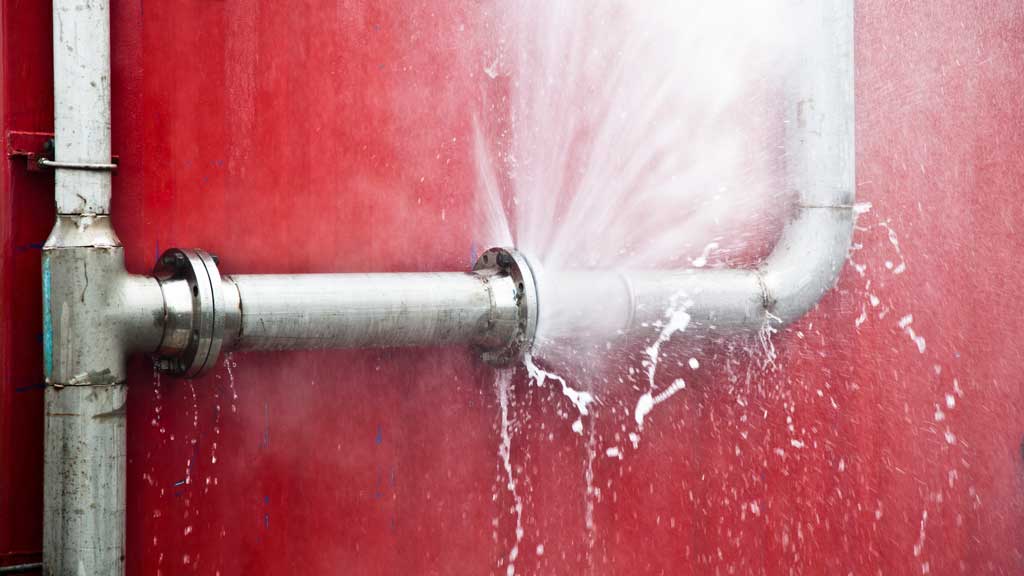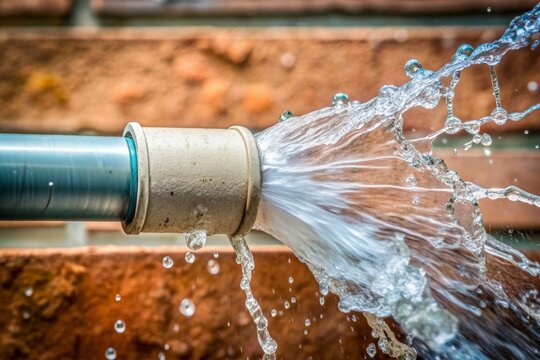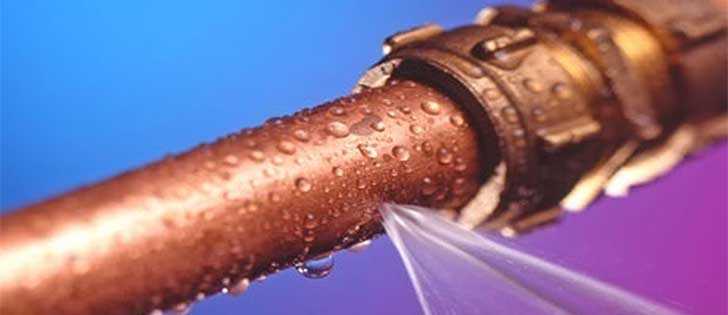Avoiding Burst Water Lines: Essential Tips to Safeguard Your Plumbing
Preventing ruptured pipes is an essential problem for homeowners, specifically during colder months when the threat of cold is increased. Applying critical steps such as proper insulation, regular assessments, and maintaining regular indoor temperatures can significantly lower the chance of pipe failure. In addition, comprehending emergency situation treatments outfits homeowners to react swiftly to potential plumbing problems. Nonetheless, several are uninformed of the specific susceptabilities that their pipes may encounter. Exploring these susceptabilities can give vital insights right into safeguarding your pipes system efficiently.
Understand Pipe Vulnerabilities
Understanding pipeline vulnerabilities is important for reliable plumbing maintenance and protecting against costly damage. A number of aspects add to the sensitivity of pipes to bursts, including material composition, age, and environmental problems. Older pipes, especially those made from galvanized steel or polybutylene, frequently weaken in time, causing increased risk of ruptures and leaks.
Temperature level variations can additionally substantially influence pipe stability. In chillier environments, water entraped in pipelines can ice up, broadening and applying pressure on the pipe wall surfaces, which may inevitably result in a ruptured. Additionally, high water stress can stress pipelines, specifically at bends and joints, increasing the chance of failure.

Insulate Water Lines Appropriately
Appropriate insulation of pipes is crucial for protecting against cold and succeeding ruptureds during cold climate (burst pipe). Shielding your plumbing system properly safeguards against temperature drops that can result in expensive damages. Begin by determining at risk locations where pipes are subjected to outdoor temperature levels, such as cellars, attics, and exterior wall surfaces
Usage foam pipe insulation sleeves or cover insulation tape around these locations to provide a protective barrier. Make sure that all areas of the pipes, especially those with restricted warmth direct exposure, obtain appropriate insulation. Pay special interest to joints and fittings, as these are a lot more prone to cold.
When shielding, it's important to choose products that meet neighborhood building regulations and are ideal for the particular environment. Fiberglass insulation is usually suggested for its thermal resistance residential or commercial properties. Additionally, think about using warmth cable televisions or tape in severe problems, which can be plugged in to offer additional warmth
Routinely evaluate protected pipes for any indicators of wear or damages, as endangered insulation can reduce its efficiency. By taking these positive actions, you substantially decrease the danger of pipe bursts, ensuring a reputable pipes system throughout the cold weather.
Maintain Consistent Temperature
A stable indoor temperature level is important for avoiding burst pipelines throughout the freezing months. When temperatures decrease, water within pipes can ice up, expanding and creating pressure that may inevitably trigger the pipes to ruptured. To minimize this threat, property owners must keep a consistent temperature level throughout their living room, ideally no reduced than 55 ° F(13 ° C)Utilizing a programmable thermostat can help manage interior temperatures efficiently, making sure that rooms with plumbing continue to be cozy even when your home is empty. Pay unique focus to locations that are more at risk to chilly, such as garages, attics, and cellars. Keeping cabinet doors open under sinks can also allow warmer air from the home to flow around pipes.
Furthermore, it is prudent to enable faucets to drip somewhat throughout severe cold snaps. This small flow of water can prevent cold by reducing stress within the pipelines. Throughout particularly severe weather occasions, consider temporarily putting on hold any nighttime problems on your thermostat to keep a consistent cozy environment. By implementing these strategies, house owners can dramatically over here lower the threat of pipeline bursts and safeguard their pipes systems versus the rough wintertime aspects.
Consistently Inspect Plumbing
Regular examinations of plumbing systems are essential for stopping ruptured pipes and keeping general home integrity. During these evaluations, it is essential to check out noticeable pipes for indicators of corrosion, leakages, or put on.
Furthermore, evaluating connections and joints is vital, as these factors are frequently vulnerable to leaks. House owners must additionally evaluate water stress levels, as extreme pressure can stress the pipes system and increase the threat of pipeline bursts.
Think about scheduling professional plumbing evaluations at the very least yearly, especially prior to winter season, to ensure your system is planned for colder temperature levels. Normal assessments not only assist in identifying prompt problems but likewise foster long-term upkeep techniques that can boost the lifespan of your plumbing system. By being positive in your strategy, you can guard your home against blog here the disruptive and costly repercussions of burst pipelines. Prioritizing plumbing evaluations is an investment in your home's health and wellness.
Know Emergency Treatments
Comprehending emergency situation procedures is crucial for each house owner, particularly after conducting regular plumbing examinations. Being prepared for a pipes emergency can substantially mitigate damage and conserve costs. Locate your main water shut-off shutoff; it is generally discovered near the water meter or where the primary line enters your home. Familiarize on your own with its procedure, as shutting off the water quickly can avoid considerable flooding.
Following, maintain important devices helpful. A plumbing emergency kit ought to consist of a wrench, plunger, and towels, as well as a flashlight and a pail for small leaks. Additionally, consider having the contact details for a trusted plumber easily available, should the scenario intensify beyond your control.
If you detect a leak or ruptured pipe, immediately switch off the water supply and notify your plumber. dig this Additionally, record the damage with pictures for insurance objectives. burst pipe. Be aware of the signs of possible pipes issues, such as unusual water pressure changes or damp places on walls
Inevitably, proactive expertise and swift activity are vital in taking care of pipes emergencies, guaranteeing your home remains safeguarded and decreasing prospective damages.

Verdict
In final thought, avoiding burst pipes requires a complex technique that includes understanding pipe susceptabilities, appropriate insulation, preserving constant indoor temperature levels, routine assessments, and knowledge of emergency procedures. By applying these essential techniques, the risk of plumbing failures can be substantially reduced, therefore guaranteeing the long life and efficiency of the pipes system. Proactive measures not only protect against possible damages yet additionally contribute to total water conservation and the security of building.
In chillier environments, water caught in pipes can ice up, exerting and broadening pressure on the pipeline wall surfaces, which may ultimately lead to a ruptured. When temperatures decline, water within pipes can freeze, developing and increasing pressure that might eventually create the pipelines to ruptured. By executing these methods, home owners can substantially decrease the danger of pipeline ruptureds and safeguard their pipes systems versus the harsh winter elements.
